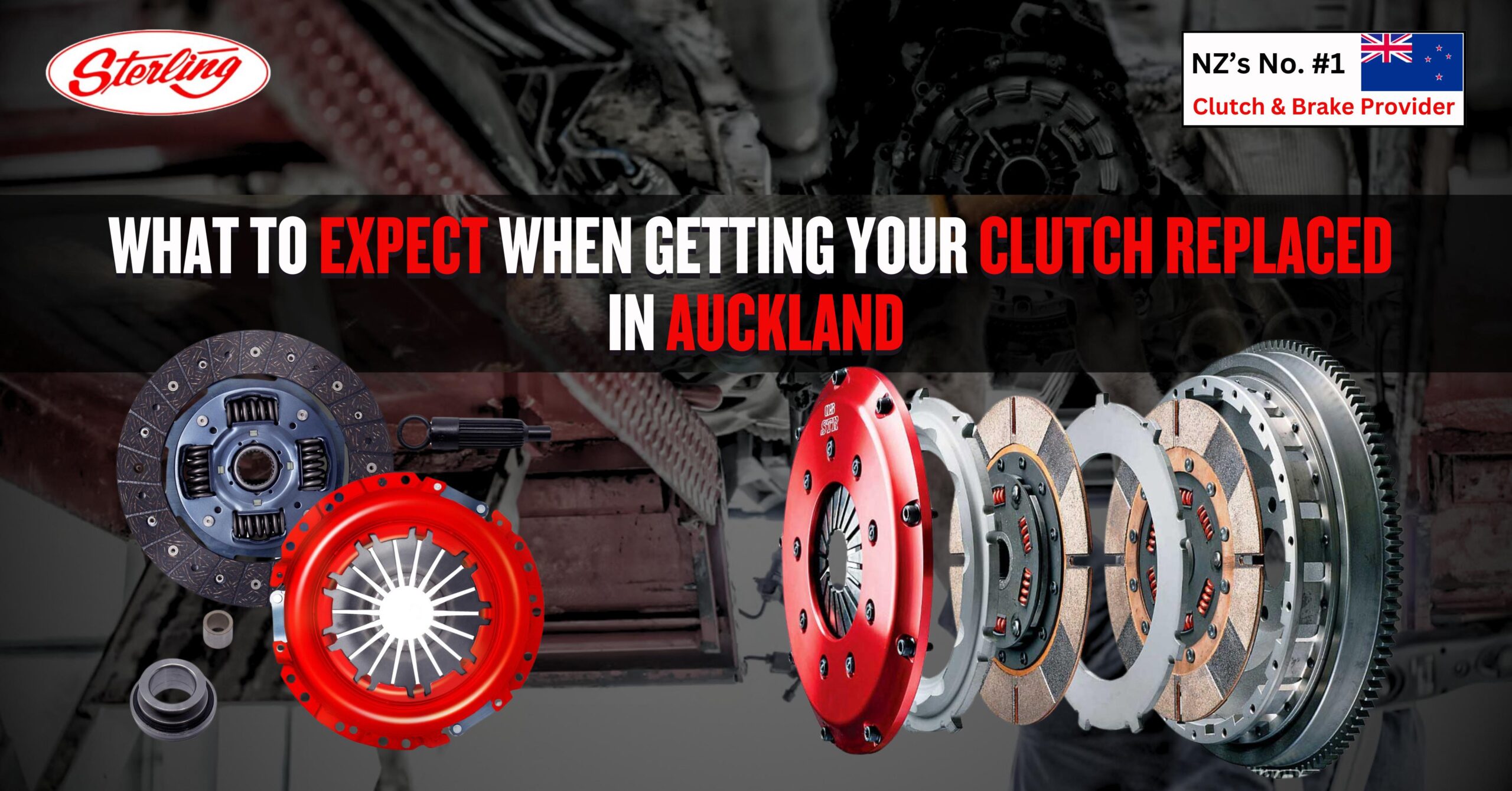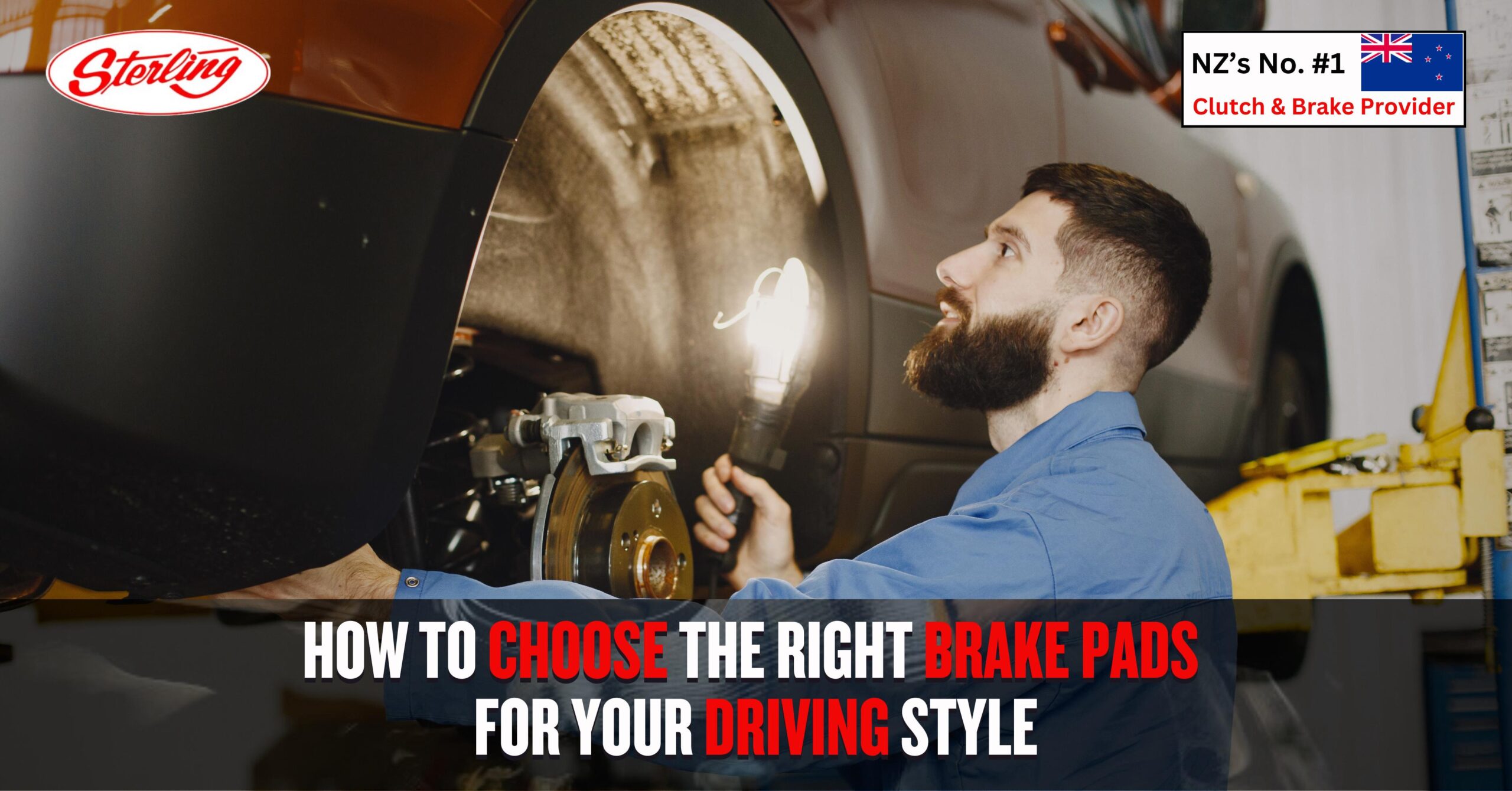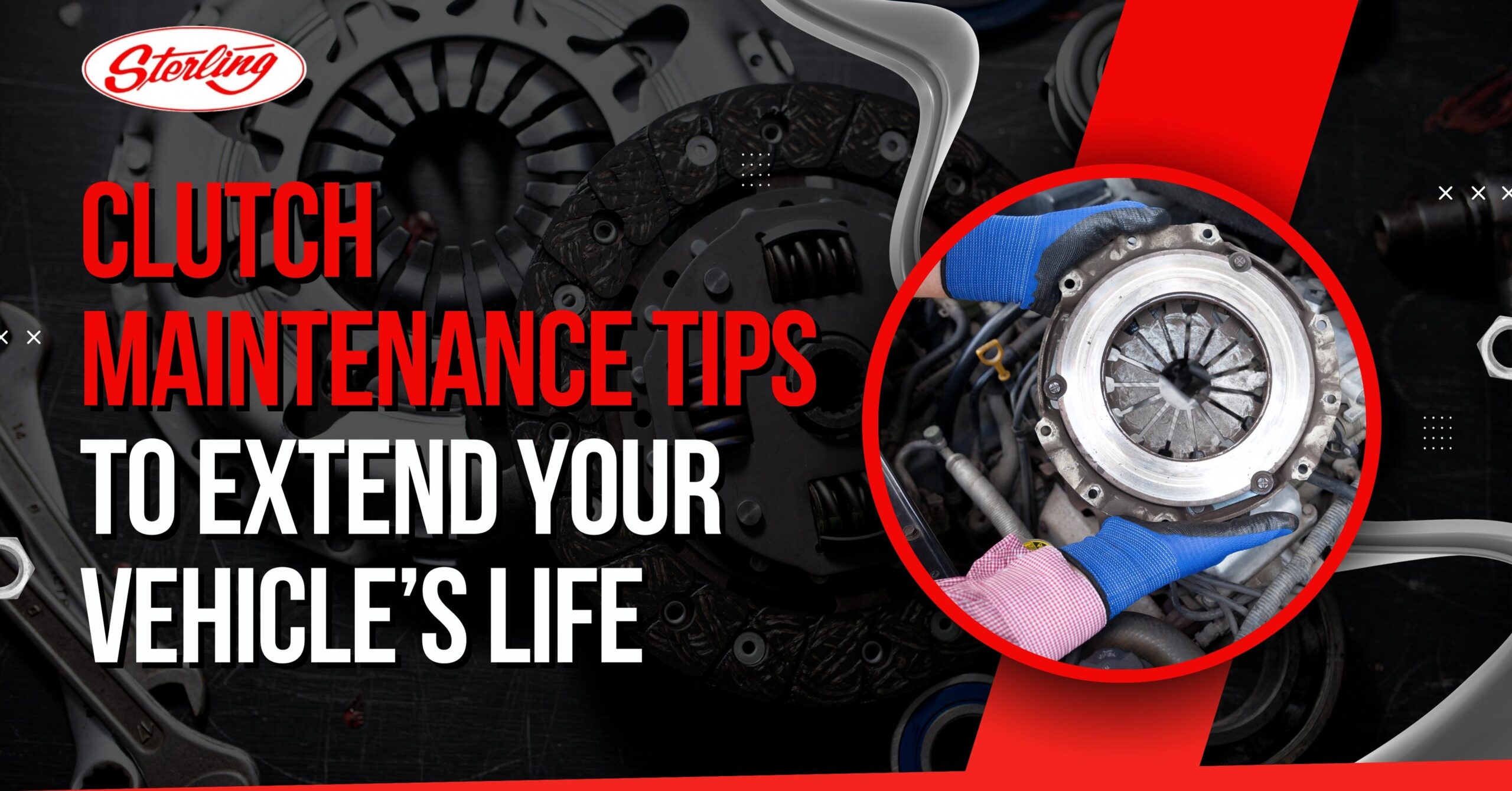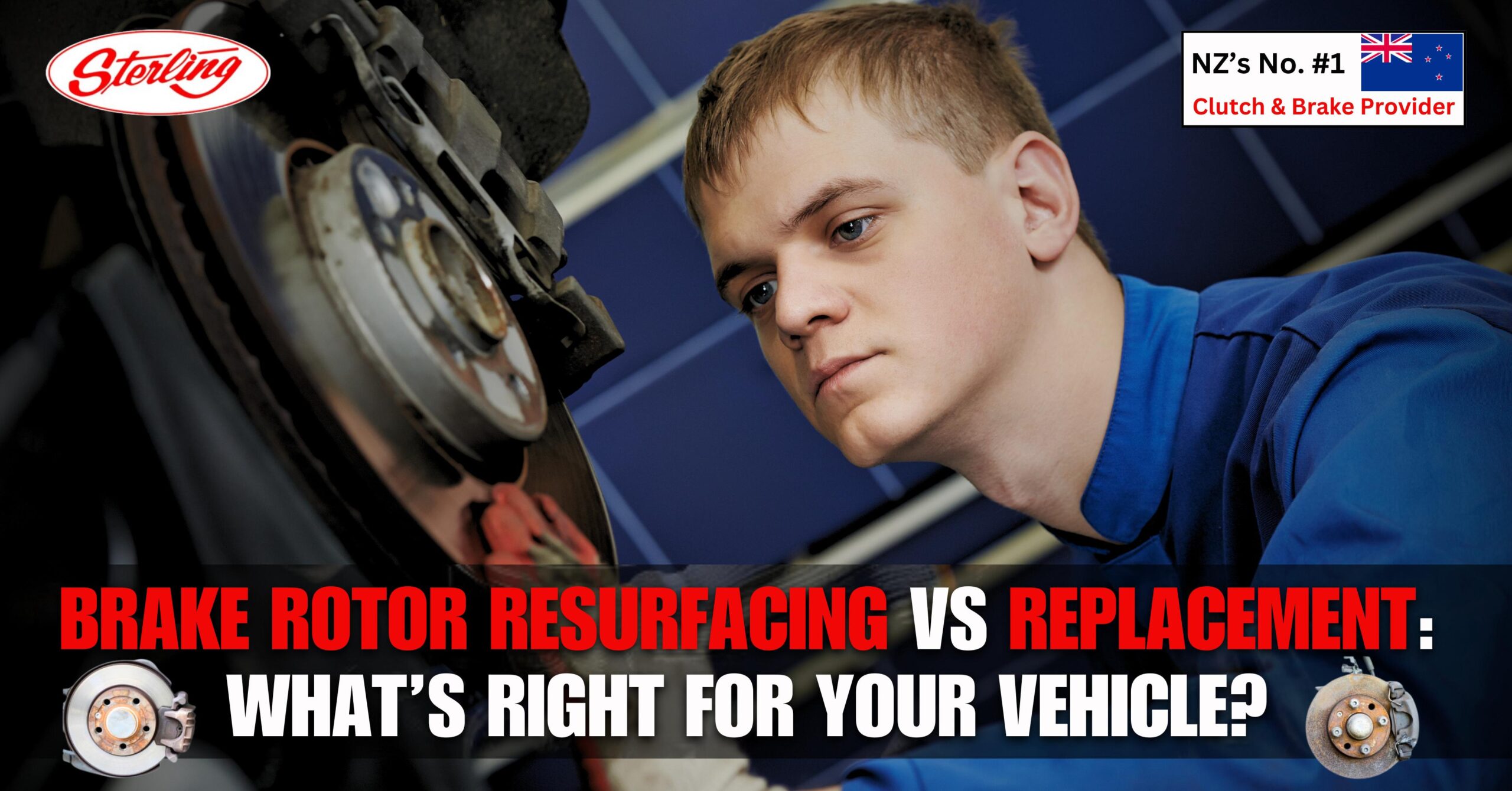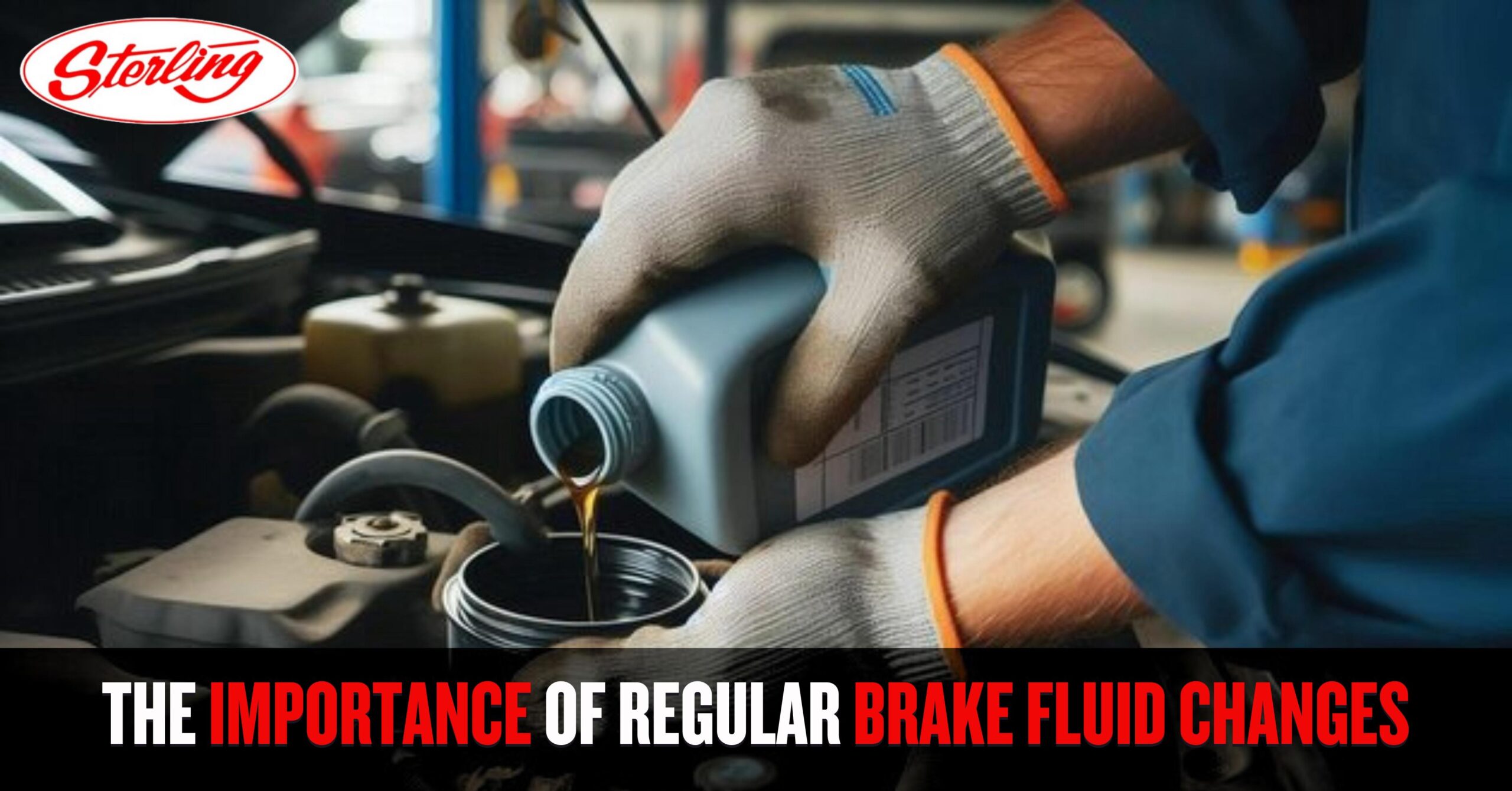Top 5 Clutch Kits for Utes and 4WDs in New Zealand
Car Clutch, Clutch / Leave a Comment / By Sterling Admin / 21/06/2025 / 4 minutes of reading
Utes and 4WDs are a popular choice for New Zealand drivers, whether you’re navigating rugged rural roads, towing heavy loads, or simply enjoying an off-road adventure. With these demands comes the need for a reliable and durable clutch system. The right clutch kit can significantly improve your vehicle’s performance, drivability, and longevity. In this guide, we’ll break down the Top 5 Clutch Kits for Utes and 4WDs in New Zealand, perfect for tradies, farmers, off-road enthusiasts, and everyday drivers alike.
Why Choosing the Right Clutch Kit Matters
Utes and 4WDs often work harder than standard vehicles. Whether it’s hauling tools, carrying payloads, or tackling New Zealand’s varied terrain, the clutch takes a beating. A poor-quality or mismatched clutch kit can lead to:
- Premature wear
- Slipping under load
- Heavy pedal feel
- Poor towing performance
That’s why selecting a clutch kit that matches your driving style and vehicle specs is essential.
1. Exedy Heavy Duty Clutch Kit
Best For: Tradies and daily commercial use
Exedy is one of the world’s leading clutch manufacturers, and their Heavy Duty range is ideal for NZ’s working utes and 4WDs. It features a higher clamping force while maintaining a factory pedal feel.
Key Features:
- Upgraded pressure plate
- Organic disc with improved torque capacity
- Designed for light commercial use
Popular Models: Toyota Hilux, Ford Ranger, Mitsubishi Triton
2. Clutch Industries Mantic Stage 1 Clutch Kit
Best For: Light off-roading and upgraded performance
Mantic is the performance arm of Clutch Industries and offers enhanced durability and performance. The Stage 1 kit is perfect for drivers who need a step up from OEM without going full race spec.
Key Features:
- Sprung centre disc for smoother engagement
- Ideal for occasional towing and trail use
- Great balance of driveability and strength
Popular Models: Nissan Navara, Holden Colorado, Mazda BT-50
3. NPC Heavy Duty Clutch Kit
Best For: Heavy towing and serious 4WD use
NPC (National Performance Clutches) is a popular choice for 4WDers and those who push their vehicles to the limit. Built in Australia for harsh conditions, these kits are renowned for their strength and longevity.
Key Features:
- Increased clamp load
- Ceramic and organic options available
- Upgraded for heat resistance and durability
Popular Models: Isuzu D-Max, Toyota Land Cruiser, Ford Ranger Raptor
4. Xtreme Outback Clutch Kit
Best For: Off-road performance and adventure touring
If you enjoy serious off-roading, beach driving, or tackling steep bush tracks, Xtreme Outback is a go-to. These kits are engineered specifically for challenging environments.
Key Features:
- Premium friction materials
- Higher torque capacity
- Endorsed by off-road race teams
Popular Models: Jeep Wrangler, Toyota Prado, Suzuki Jimny
5. Valeo OEM Replacement Clutch Kit
Best For: Budget-conscious drivers needing OEM quality
Valeo produces OEM clutches for many global automakers. If your clutch is worn out but you don’t need performance upgrades, this kit offers a direct fit with factory performance.
Key Features:
- Great quality-to-price ratio
- Easy installation
- Quiet operation and smooth engagement
Popular Models: Toyota Hiace, Nissan NP300, Mitsubishi Pajero
How to Choose the Right Clutch Kit for Your Ute or 4WD
Before you buy a clutch kit, consider:
- Driving style: City driving, towing, off-roading?
- Load: Are you regularly carrying tools or towing trailers?
- Vehicle modifications: Bigger tyres, chips, or engine mods affect clutch load.
For professional help, reach out to a trusted supplier like Sterling NZ. They offer expert advice and top-quality clutch parts across New Zealand.
Why Buy from Sterling NZ?
- Large stock of leading clutch brands
- Fast shipping across NZ
- Affordable pricing and frequent deals
- Expert support to match parts to your specific ute or 4WD
Sterling NZ is committed to helping Kiwi drivers find the best solutions for both performance and budget.
FAQs
Q1: How long should a clutch last in a 4WD or ute?
Typically, a clutch should last 100,000 to 150,000 km depending on use. Heavy towing or off-roading can reduce this lifespan.
Q2: Can I install a clutch kit myself?
DIY installation is possible if you have the right tools and mechanical knowledge, but professional installation is recommended.
Q3: Will a heavy-duty clutch affect my driving experience?
Some heavy-duty clutches have a firmer pedal feel, but many modern kits are designed to maintain OEM comfort.
Final Thoughts
When it comes to choosing the best clutch kits for utes and 4WDs in New Zealand, it all depends on how and where you drive. From rugged outback trails to city work sites, there’s a clutch kit tailored to your needs.
For the best range, reliable advice, and great pricing, shop online at Sterling NZ and get your vehicle fitted with a clutch you can count on.
 NZD
NZD

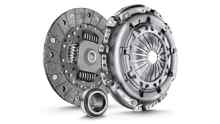
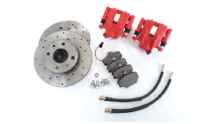
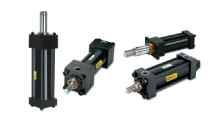
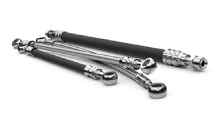
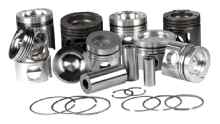
.jpg)
.jpg)
.jpg)
.jpg)

.jpg)
.jpg)






